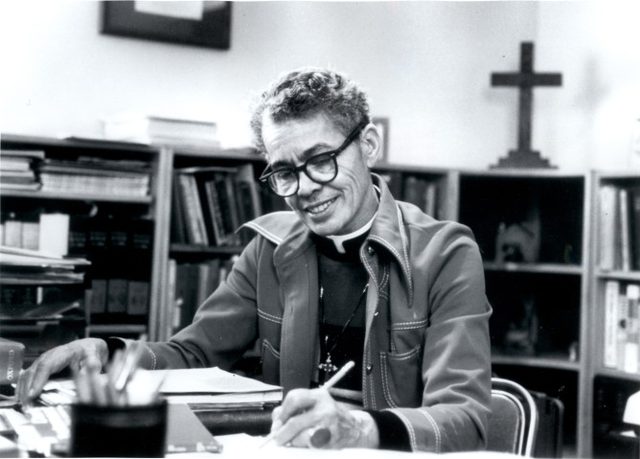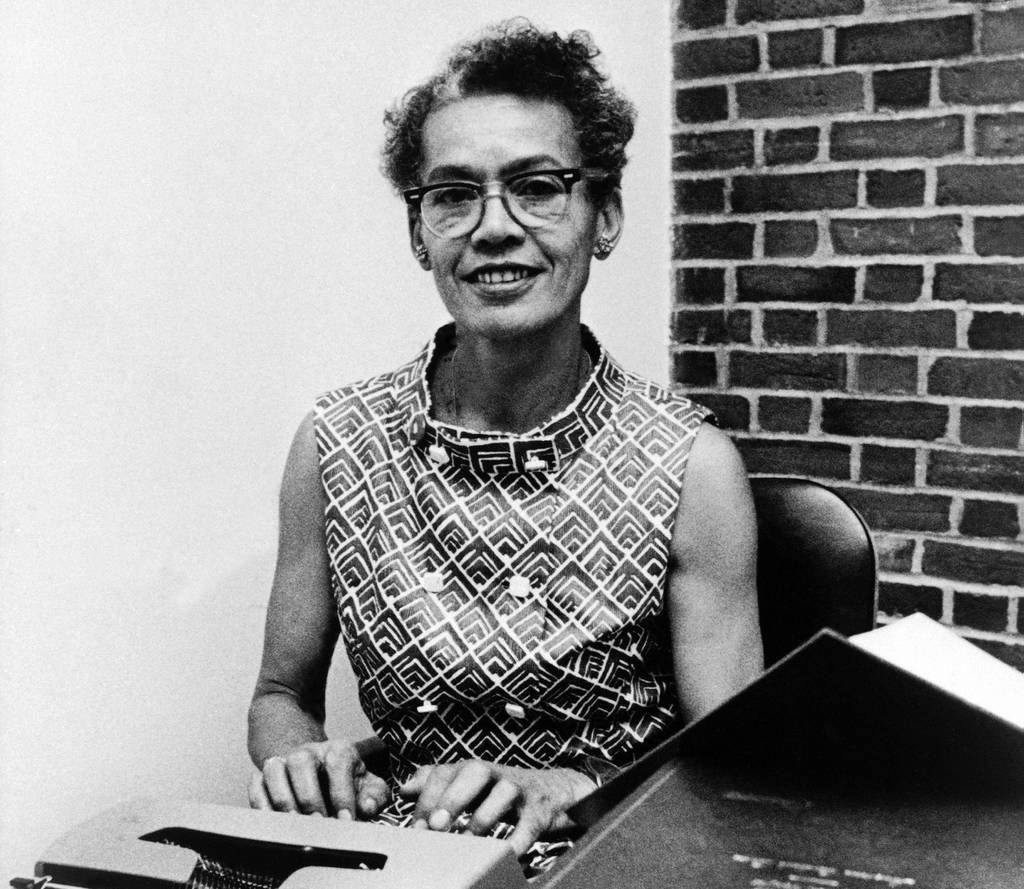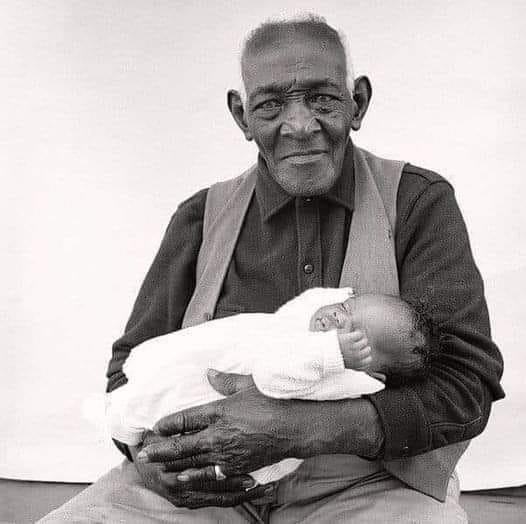Pauli Murray, a Baltimore native and the first Black woman to become an Episcopal priest in the United States, is one of five women selected to be honored on the reverse side of a U.S. quarter in 2024.

The former women’s and civil rights activist, writer and lawyer will be on the 11th coin from the American Women Quarters program, which celebrates the accomplishments and contributions made to the U.S. by women from diverse backgrounds.
The U.S. Mint issues up to five reverse designs each year. Murray’s coin will depict her face framed within the letters of “HOPE,” which the organization said symbolizes her belief that hope made societal reforms possible. The line “A song in a weary throat” from her poem “Dark Testament” is incorporated into the design.
The reverse coin was sculpted by Joseph Menna, chief engraver of the U.S. Mint, and designed by Emily Damstra, the agency’s artistic infusion program designer. The obverse side will still feature the portrait of former President George Washington by Laura Gardin Fraser.
Since last year, the American Women Quarters program has honored women who left an impact on the Civil Rights Movement, women’s suffrage, science, the arts, humanities and more.

Along with Murray, the 2024 editions will feature Patsy Takemoto Mink, the first woman of color to serve in Congress; Mary Edwards Walker, a Civil War surgeon; Celia Cruz, a Cuban American singer; and Zitkala-Ša, a writer, composer, and political activist.
Murray’s advocacy for women and Black people led to her selection, said Kristie McNally, deputy director of the U.S. Mint.
“She’s very important to the women’s movement. She stood up for women; she stood up for African Americans. … I think her words and the things she’s done, the actions she’s taken has really made a significant impact on women and African Americans and the United States,” McNally said.
As it happensBe informed of breaking news as it happens and notified about other don’t-miss content with our free news alerts.
Before attending Howard University School of Law, Murray was rejected from Harvard Law School and the University of North Carolina due to her race and gender.
At Howard, she coined the term “Jane Crow” to describe the discrimination and oppression she experienced as a Black woman,. The term was a play on the Jim Crow laws, which enforced racial segregation.
Despite the adversity, in 1965, Murray became the first Black person to receive a doctor of the science of law degree from Yale Law School.

Murray was the first Black woman ordained an Episcopal priest and the co-founder of the National Organization for Women.
Her 𝓈ℯ𝓍uality and gender identity have been debated by researchers, with scholars now “acknowledging that were Murray living today, she may have identified as a transgender man,” according to the National Museum of African American History and Culture.
After changing her 𝐛𝐢𝐫𝐭𝐡 name from Anna Pauline to Pauli, Murray briefly wrote about her struggles with gender dysphoria.
The Pauli Murray Center for History and Social Justice said Murray asked physicians for hormone therapy but was denied gender-affirming medical care. However, at the time, Murray still identified as a Black woman and advocated for women’s rights.





